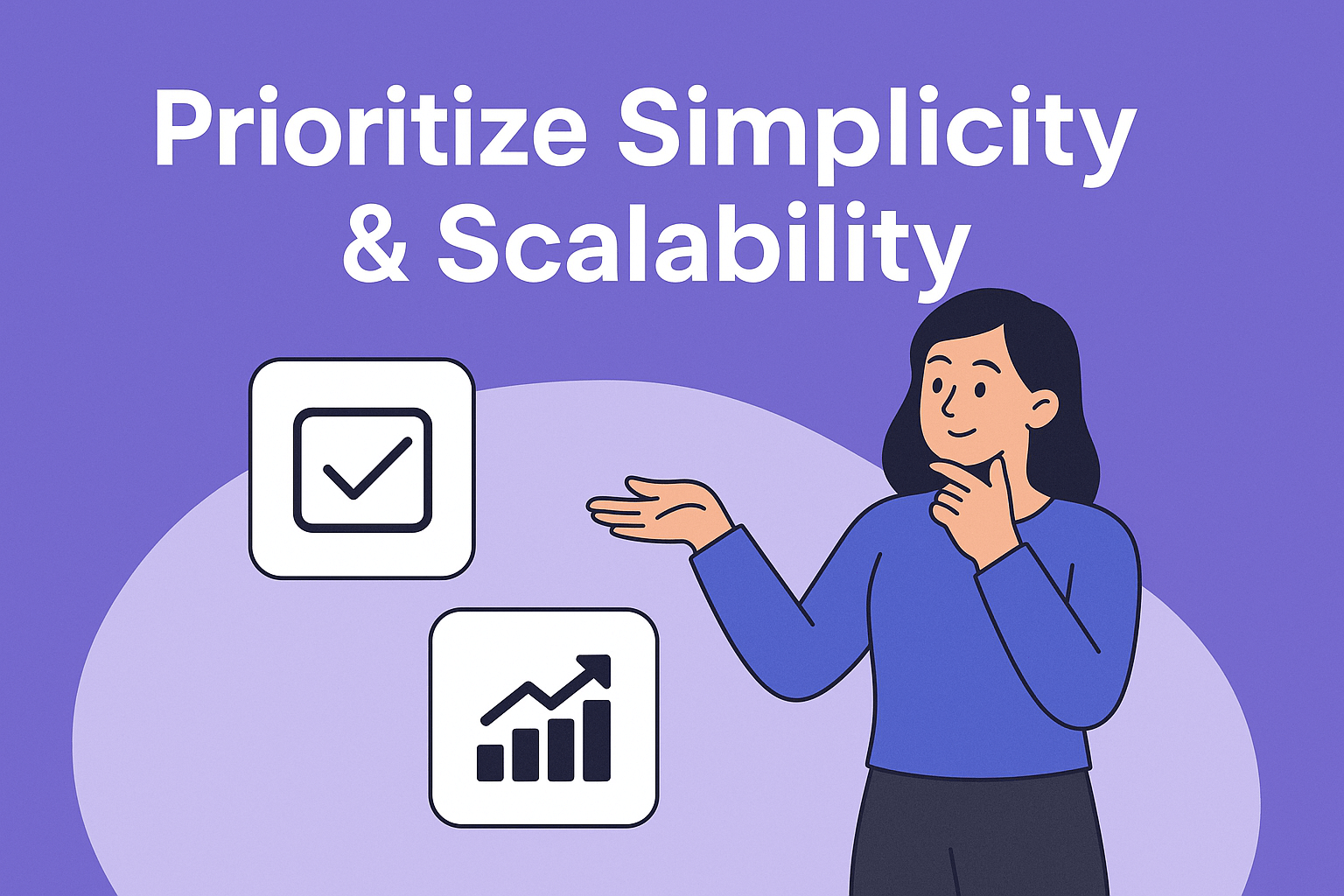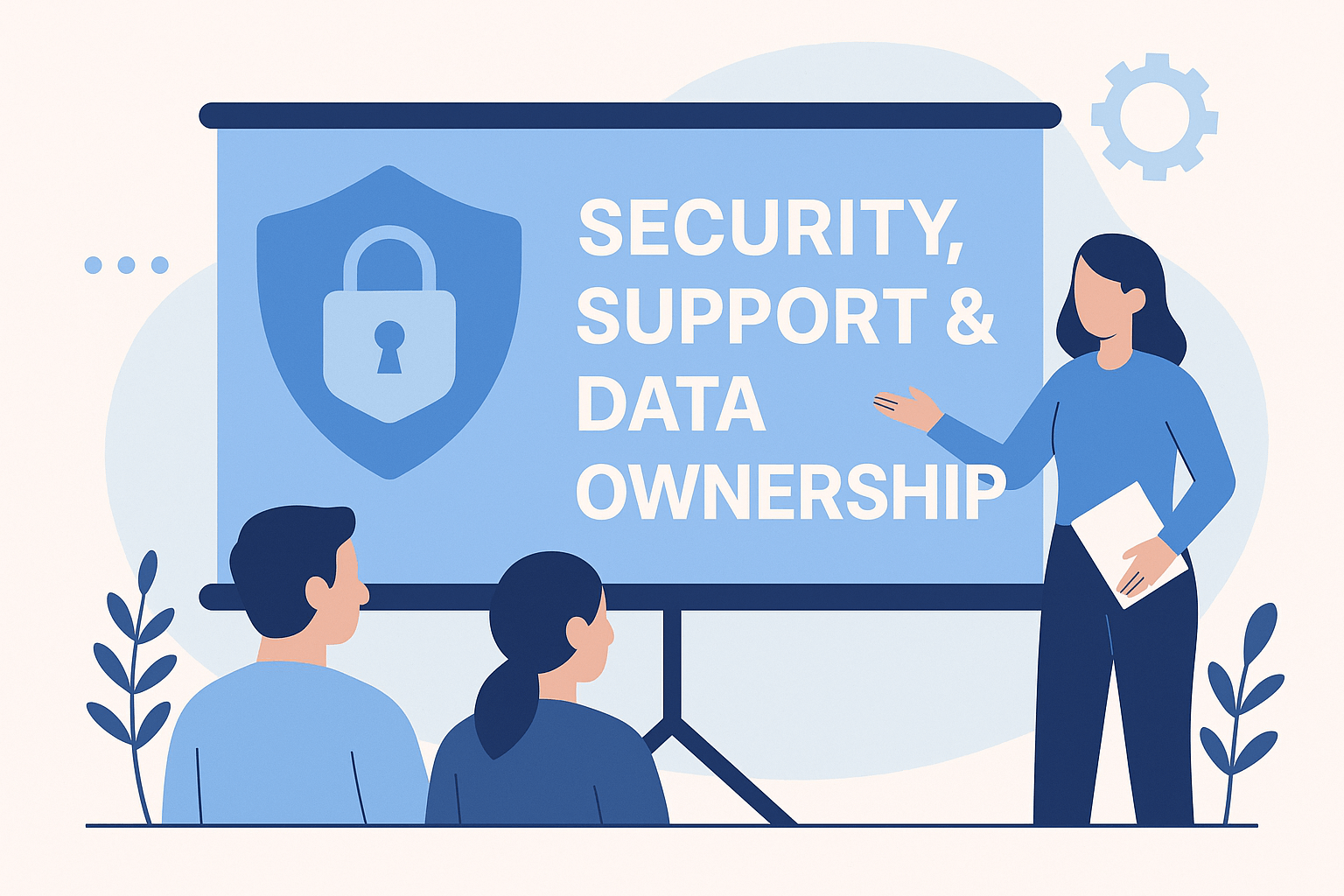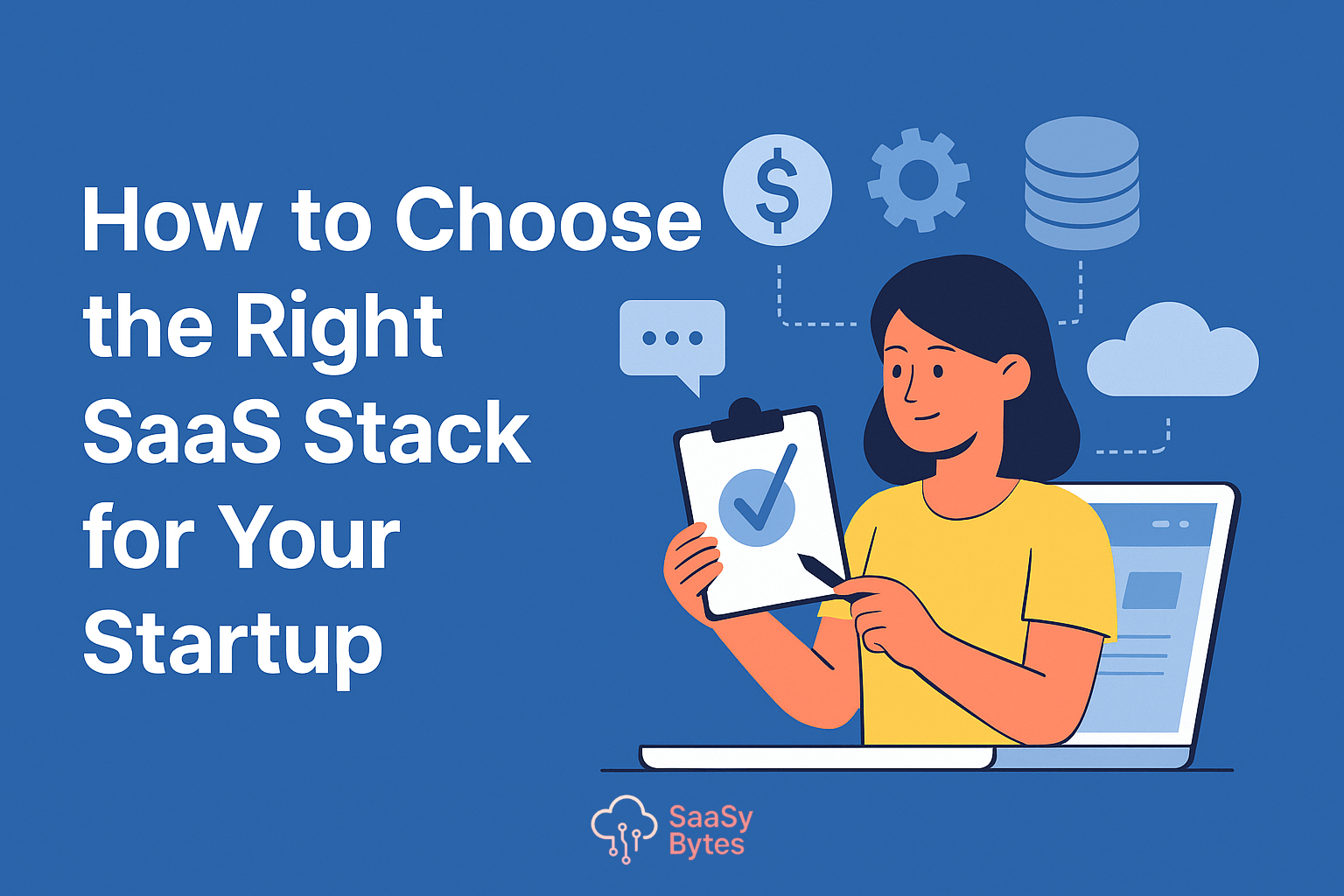Building a startup is exciting, but choosing the right software to power it can be overwhelming. With thousands of SaaS tools on the market, how do you know which ones are essential — and which ones will just clutter your workflow? In this guide, we’ll break down how to choose the perfect SaaS stack for your startup, based on your goals, team size, and growth stage.
1. Understand Your Startup’s Core Needs
Before jumping into tools, assess what your startup truly needs. Ask questions like:
- What problems are we solving?
- Where are we losing the most time?
- What roles and departments exist (or are coming soon)?
Break down your stack by function:
- Communication
- Project Management
- Sales & CRM
- Marketing
- Finance & Invoicing
- Customer Support
- Developer Tools (if applicable)
2. Prioritize Simplicity & Scalability

Choose tools that are easy to set up and grow with your team. You don’t want to spend weeks onboarding or switching later.
Tips:
- Go for platforms with user-friendly interfaces
- Look for integrations with other tools you use
- Choose products with a proven record of scaling with startups
Recommended: Notion, ClickUp, Slack, Zoho, Freshbooks
3. Budget Wisely — Start Free or Low-Cost
SaaS subscriptions can stack up fast. Always start with free tiers or trial versions before committing.
Ask yourself:
- Do we need all the features from day one?
- Can we make do with a limited plan and upgrade later?
Compare pricing models: per-user vs flat-rate vs usage-based.
4. Prioritize Integration & Automation
The right stack will talk to each other. Tools that integrate well save time, reduce errors, and boost productivity.
Examples:
- Connect Gmail, Trello, and Slack with Zapier
- Use Calendly to sync with Zoom and Google Calendar
Pro tip: If tools don’t integrate natively, check for Zapier or Make support.
5. Security, Support & Data Ownership

Don’t overlook the boring (but important) stuff:
- Is your data encrypted?
- Do you own your customer data?
- How reliable is their support?
Choose SaaS platforms that are transparent with policies and offer solid uptime and customer care.
6. Customize Based on Team Roles
Every startup is different. Your stack should reflect your structure.
For example:
- Founders: Productivity + CRM + Finance tools
- Developers: GitHub, CI/CD tools, bug tracking
- Marketers: Email automation, landing page builders
Start lean. Add tools only when the pain point becomes real.
7. Review & Evolve Your Stack Often
What works for a 3-person team may break down at 30. Schedule regular reviews of your tools.
Checklist:
- Are we still using this?
- Is there a better option now?
- Can we consolidate?
Quarterly tool reviews help avoid bloat and save money.
Your SaaS stack is like your startup’s digital foundation — get it right early, and it’ll pay off for years. Start small, focus on tools that align with your actual workflows, and don’t be afraid to swap things out as you grow. With the right SaaS stack in place, your startup will move faster, stay lean, and scale smarter. Once you’ve mapped out your ideal stack, it’s time to explore the tools themselves. Don’t miss our curated list of 10 Must-Try SaaS Tools to Supercharge Your Workflow in 2025 — a great starting point for any growing team.
Ready to build your ideal stack? Let Saasy Bytes guide the way — one tool at a time.
